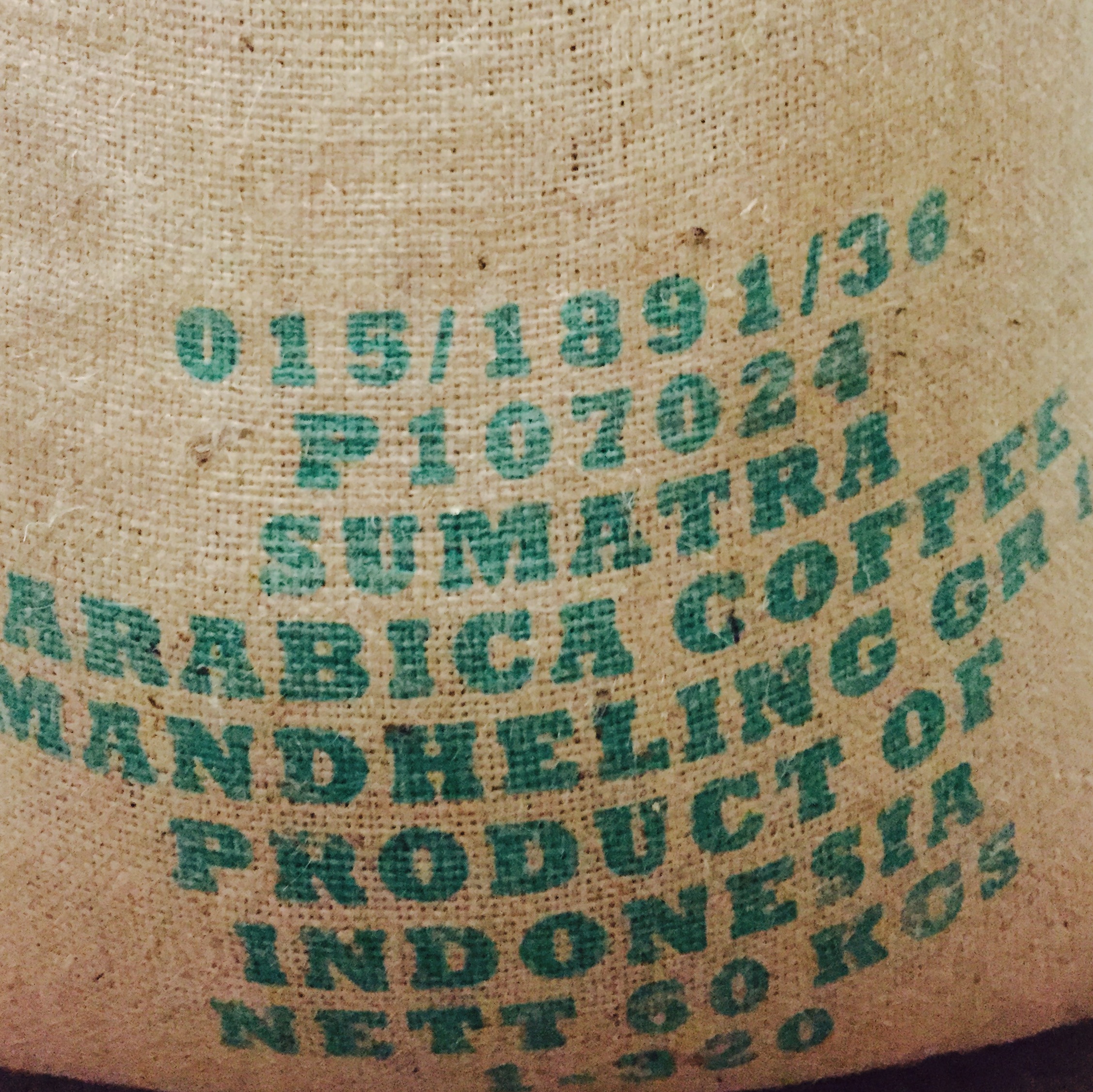


Giling Basah, the unique method used in the production of Sumatran coffees, results in a very full body with a concentrated flavor, garnished with herbal nuances and a spicy finish. Coffee trees were successfully replanted and quickly gained a large share of the world market until the plantations were ravaged again during World War II. Yet by the end of the century disease had completely destroyed the crop. Within a few years, Indonesian coffee dominated the world’s coffee market. Sumatra Mandheling coffee is grown on the lofty volcanic slopes of Mount Leuser near the port of Padang, in the Batak region of west-central Sumatra. “Mandailing,” spelled here correctly, is technically an ethnic group in Indonesia, not a region, as is Batak.Ĭoffee trees were originally brought to Indonesia in the early 19th century by the Dutch, who sought to break the world-wide Arabic monopoly on the cultivation of coffee. It's no wonder that some of the world’s most famous coffees are grown on the islands of the Malay Archipelago of Indonesia: Sumatra, Sulawesi and Java.Īpproximately 15 percent of all the coffee grown in Indonesia is Arabica. Sumatra is the second-largest island in the Republic of Indonesia. Many of the islands of Indonesia were formed by volcanoes and still benefit from soil that's rich in volcanic ash and ideal for growing coffee. Process: Giling Basah (wet-hulled), sun-dried - Organic Region: Batak Region of West-Central Sumatra, Aceh


 0 kommentar(er)
0 kommentar(er)
